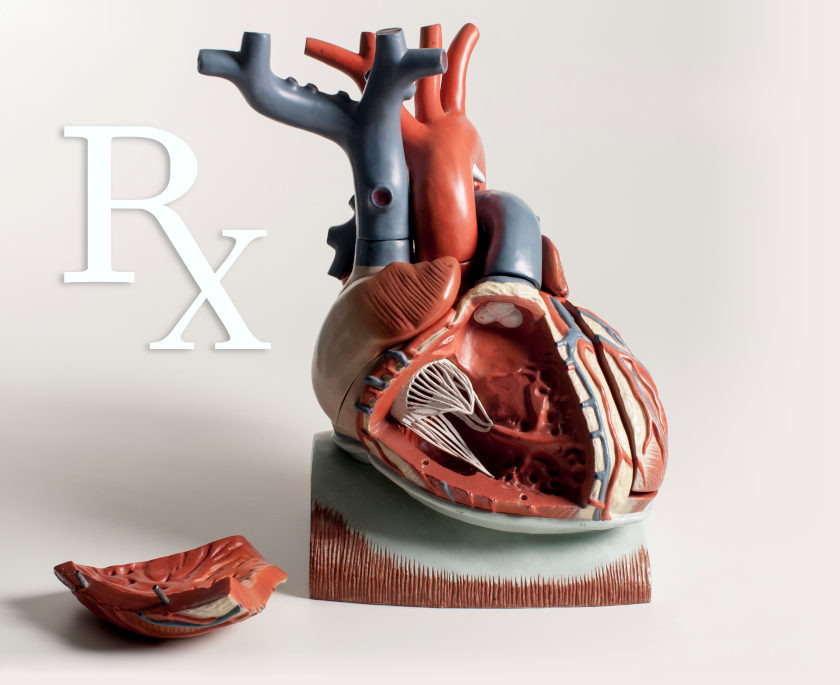Aldosterone Antagonists
General Pharmacology
Aldosterone is a mineralocorticoid hormone that is released by the adrenal cortex in response to elevated circulating levels of angiotensin II. Aldosterone binds to a receptor in the distal segment of the distal convoluting tubule (DCT) of the kidney, which stimulates sodium reabsorption in exchange for potassium and hydrogen ions that are excreted into the urine. Therefore, aldosterone stimulates sodium (and water) retention in the body and partially offsets sodium excretion that is stimulated by thiazide and loop diuretic drugs, which are commonly used in treating heart failure and hypertension.
Aldosterone receptor antagonists (mineralocorticoid receptor antagonists; MRAs) inhibit aldosterone-stimulated sodium reabsorption so that more sodium is lost into the urine. Inhibiting this transport system reduces the loss of potassium and hydrogen ions into the urine. Because of this action, aldosterone antagonists are referred to as potassium-sparing diuretics.
Specific Drugs, Therapeutic Uses, and Side Effects
MRAs are used in the treatment of conditions that result in sodium retention (e.g., heart failure, hypertension caused by primary hyperaldosteronism). Excessive sodium retention leads to increased blood volume and increased arterial and venous pressures, and promotes edema. It is possible to enhance the effectiveness of thiazide and loop diuretics by reducing sodium reabsorption late DCT by using an MRA. MRAs can also offset the loss of potassium that occurs with thiazide and loop diuretics because blocking sodium reabsorption in the late DCT lowers potassium excretion in that nephron segment. MRAs are also used in patients following myocardial infarction because these drugs have been shown to attenuate cardiac remodeling that occurs in heart failure and following myocardial infarction.
The two drugs for these indications are spironolactone and eplerenone. Both drugs can cause hyperkalemia; therefore, potassium levels should be monitored. Gynecomastia (breast swelling in males) can occur with MRAs, with spironolactone having a greater incidence. Gynecomastia is reversible with the discontinuation of the MRA.
Revised 11/29/2023

 Cardiovascular Physiology Concepts, 3rd edition textbook, Published by Wolters Kluwer (2021)
Cardiovascular Physiology Concepts, 3rd edition textbook, Published by Wolters Kluwer (2021) Normal and Abnormal Blood Pressure, published by Richard E. Klabunde (2013)
Normal and Abnormal Blood Pressure, published by Richard E. Klabunde (2013)